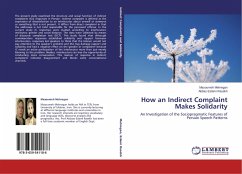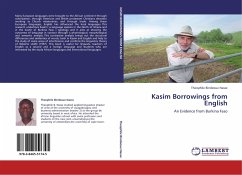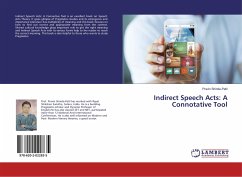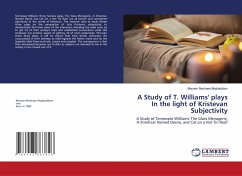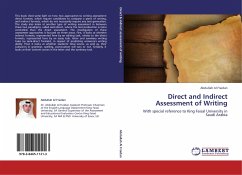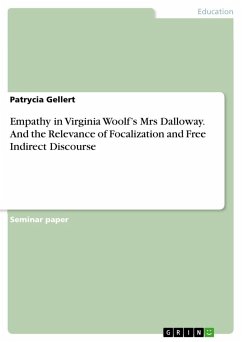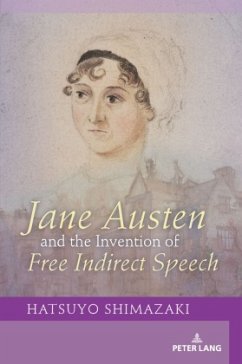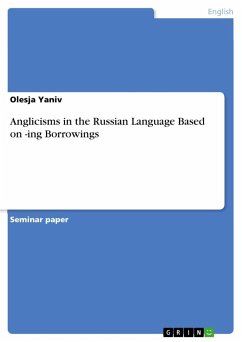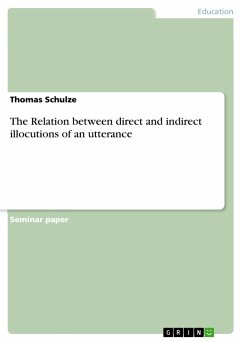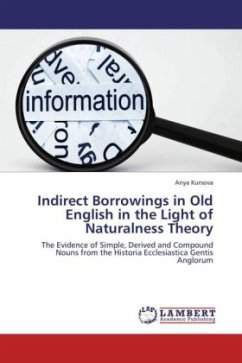
Indirect Borrowings in Old English in the Light of Naturalness Theory
The Evidence of Simple, Derived and Compound Nouns from the Historia Ecclesiastica Gentis Anglorum
Versandkostenfrei!
Versandfertig in 6-10 Tagen
43,99 €
inkl. MwSt.

PAYBACK Punkte
22 °P sammeln!
The Old English period presents an interesting stage in the development of the language from the point of view of borrowing because it relies more extensively on native material expressing thus its preference for indirect borrowings (so-called semantic loans and loan-formations) as opposed to numerous direct borrowings and assimilation of foreign words observed during the Middle English period. Indirect borrowing processes may seem less evident and less significant when one speaks of the contact of languages and its results, but in fact these phenomena stimulate creativity of a language and ha...
The Old English period presents an interesting stage in the development of the language from the point of view of borrowing because it relies more extensively on native material expressing thus its preference for indirect borrowings (so-called semantic loans and loan-formations) as opposed to numerous direct borrowings and assimilation of foreign words observed during the Middle English period. Indirect borrowing processes may seem less evident and less significant when one speaks of the contact of languages and its results, but in fact these phenomena stimulate creativity of a language and have more profound effects on its morphology. Kastovsky (1992: 309) mentions that we lack a full-scale investigation of loan-formations for the Old English period (the studies carried out so far are based on limited data). So, there is still much to do in the field of analysis of loan-formations. The present work is an attempt to give a better description of indirect borrowings from Latin intoOld English and to enrich the analysis of these phenomena by application of Naturalness Theory.



